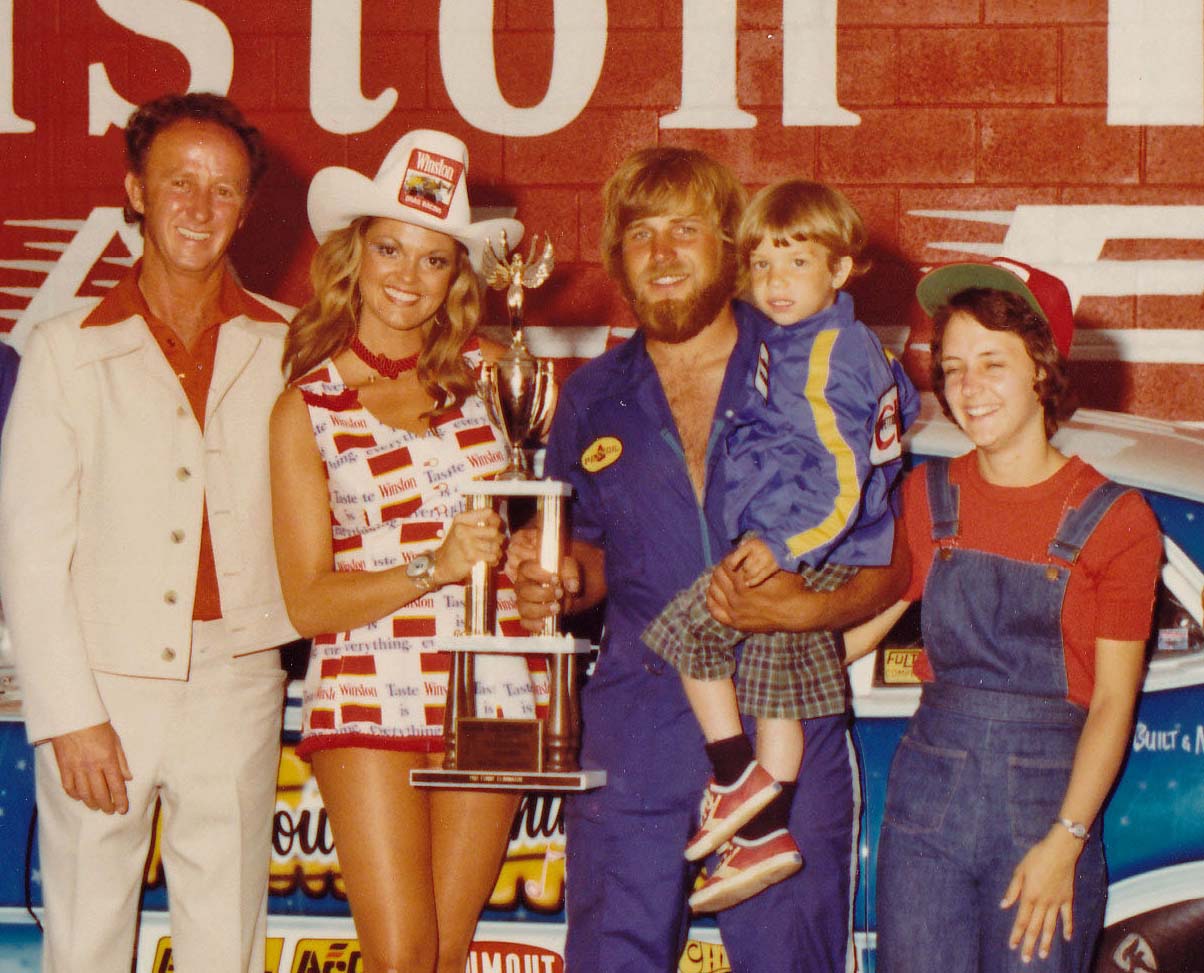THE CAR THAT PUT RICKIE SMITH ON THE MAP

 Iconic doorslammer racer Rickie Smith has forgotten more about drag racing than most will ever know. However, the one thing he will never forget is the car first car that threw him back in the seat.
Iconic doorslammer racer Rickie Smith has forgotten more about drag racing than most will ever know. However, the one thing he will never forget is the car first car that threw him back in the seat.
At a casual glance, a 1974 Maverick might not have instilled fear in the hearts of many drag racers. But a specific iteration of this car, a hidden powerhouse, sent shockwaves through the racing community.
Country music icon Keith Fowler had a 1974 Maverick purpose-built for the IHRA’s new Super Modified division. Unlike the music he promoted, he intended for this car and his young driver, Rickie Smith, to make, as they say in the South, some racket.
Smith, whose talents in those days were largely measured by his ability to drive a bulldozer, had raced a bit and had modest goals of beating Super Stock legend Mike Boyes and his team owner, Lyle Epperson.
The first time Smith dumped the clutch in the Jack Roush-powered Maverick, Smith understood he needed to reassess his goals.
Smith was no longer racing in the IHRA’s Modified Eliminator. He was now in a semi-professional division where the format was racing heads-up, with the first to the finish line as the winner.
“That was the first really fast car that I got to drive, I guess you’d say,” Smith said. “We had a Super Stock car then, but nothing like that. It was exciting because it was the fastest car I ever drove.”
Smith set the Super Modified record at 10.38 seconds, at almost 130 miles per hour.
The Super Modified division was considered a more economical approach to Pro Stock, which was quickly getting out of hand in terms of costs.
A basic look at the IHRA’s Super Modified division rules package included a 10.5-inch tire and a 10-point roll cage, and it had to be a production car (1967 or later) of at least 500 units. The wheelbase was limited to 103”, single-four barrel, spoilers had to be production, stock suspension, no lightening of chassis, 50/50 weight distribution and the body could have no external modifications. Those were just a few of the guidelines. The weight break was 9.5 pounds per cubic inch.
Smith’s 9,000-rpm, 4-speed, 318-inch Ford was a beast. He won 10 of 16 Supeer Modified events. Due to dwindling car counts, the IHRA canned the class at the end of the 1977 season. Some say Smith’s success led to the decline in participation.
Smith told CompetitionPlus.com in an article that he didn’t apologize for his success.
 “The IHRA just canceled the class,” Smith said in the 2004 article. “That certainly wasn’t my fault. I raced by the rules, and the rulebook allowed us to do certain things, and we did it. We just had the right combination, and I think in about a year or so, everyone would have caught up with us. But, we worked hard – real hard.
“The IHRA just canceled the class,” Smith said in the 2004 article. “That certainly wasn’t my fault. I raced by the rules, and the rulebook allowed us to do certain things, and we did it. We just had the right combination, and I think in about a year or so, everyone would have caught up with us. But, we worked hard – real hard.
“There were many nights that I laid on my back in the parking lot of my motel working on that car. Too many guys wanted to go out after the races and not work on their cars, and then when it came time to race, they wanted to whine because we had an advantage. I was fresh out of high school, and I was an ex-athlete. I was very determined and had a lot of willpower. I didn’t have the money, but luckily, I had Keith Fowler. That car was hard on bearings, and I had to pull the pan at the end of the night every night.”
Smith walked a fine line between exhaustion while driving bulldozers for his grandfather during the day and working on the Maverick at night.
“Back then, I was young and wide open, and Keith was looking to go forward, and he started talking about he didn’t want to back up and run a breakout class, and we went into Pro Stock,” Smith recalled. “I was excited as heck to go to a Pro Stock car, but now, looking back, absolutely, that was probably the car that got Rickie Smith on the map.”
And that map, thanks to the Maverick, made Smith go worldwide in his championship reputation.
Smith said the car is still around but unsure of its exact whereabouts. He is sure that if it’s ever restored to his Super Modified specs, he wouldn’t have to be asked twice if he wanted to drive it.
“I wished I had the money to go get it and fix it back,” Smith said. But at least it’s sitting somewhere. Maybe someday somebody will fix it back up. Absolutely, I’d love to take it for a spin.”






































